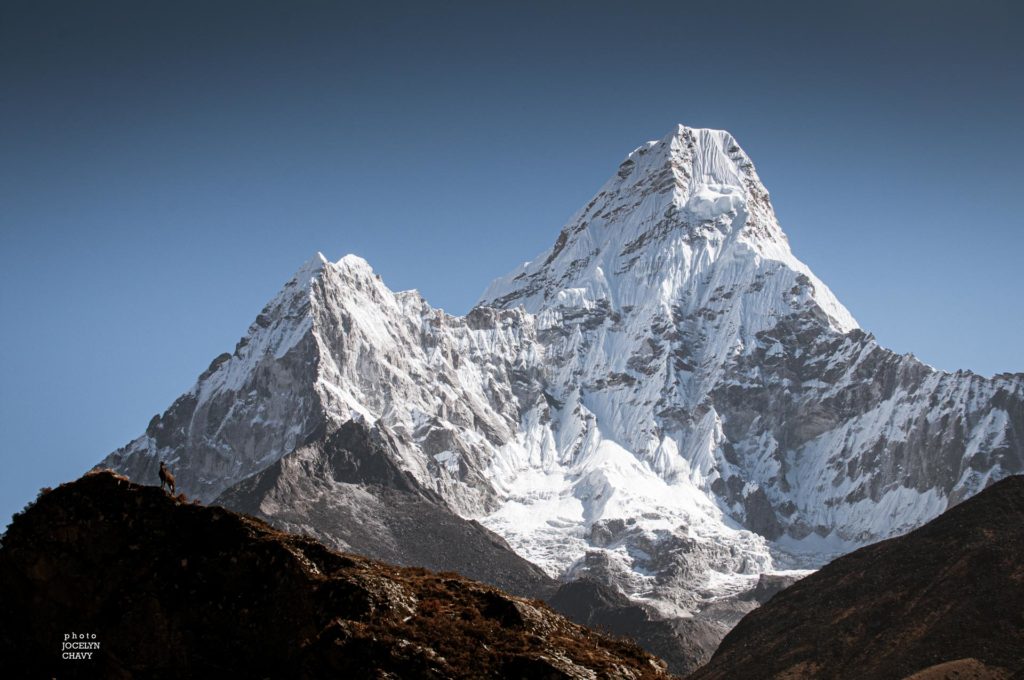The queues of Everest candidates have made visible an unattractive aspect of the current Himalayas: too many fixed ropes and extreme merchandising have made the adventure at altitude bland, to the point of denying the existence and the interest of a real, roped-up practice of the mountain. Isn’t it time to think about a new amateur Himalayanism? Let’s change the rules of the game. Here are the proposals of Paulo Grobel, guide and specialist in light expeditions.
2020has been an exceptional year in the Himalayas and Nepal. Not because of the quality of the ascents but rather because of the almost total absence of any mountain climbing at all. This new situation could incite us to take a fresh look at our Himalayan ascensions – a way of imagining a different world in the Himalayas.
The reflection within UNESCO which led to the classification of mountaineering as an Intangible


